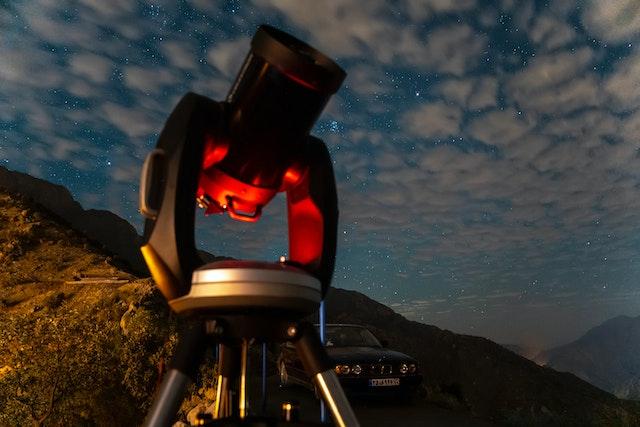Welcome to the fascinating world of photometry, where we explore the measurement and study of the properties of light. In this blog, we will take you on a journey through the history, principles, techniques, and applications of photometry.
Introduction to Photometry
Photometry is the measurement of the intensity of light, as well as its spectral and temporal characteristics. It is used in a wide range of fields, including astronomy, biology, chemistry, and physics. Photometry plays a critical role in our understanding of the universe and the properties of matter.
History of Photometry
The study of photometry dates back to the ancient Greeks, who used the concept of “brightness” to describe the intensity of light. Over time, the field of photometry has evolved and expanded, with the development of new instruments and techniques that have allowed for more precise measurements of light.
The Principles of Photometry
Photometry is based on a number of fundamental principles, including the inverse-square law, which describes the relationship between the intensity of light and the distance from the source, and the Planck’s law, which describes the spectral distribution of the radiation emitted by a black body. The principles of photometry also include the concepts of radiant flux, luminous flux, and luminous intensity, which are used to describe the properties of light.
Techniques of Photometry
Photometry involves a wide range of techniques for measuring the properties of light. These include radiometry, which measures the total amount of radiation emitted by a source, and photometry, which measures the amount of radiation that is visible to the human eye. Other techniques used in photometry include spectrophotometry, which measures the absorption or transmission of light by a sample, and fluorescence spectroscopy, which measures the emission of light by a sample.
Applications of Photometry
Photometry has a wide range of applications, including in astronomy, where it is used to study the properties of stars and galaxies. Photometry is also used in biology, where it is used to measure the properties of photosynthesis and other biological processes. In chemistry, photometry is used to study the properties of chemical reactions and compounds. In physics, photometry is used to study the properties of light and its interaction with matter.
Future of Photometry
The future of photometry is filled with exciting possibilities. As new technologies and techniques are developed, we will be able to make more precise measurements of light and study the properties of matter in even greater detail. The development of new instruments and methods, such as the use of machine learning and artificial intelligence, will open up new avenues for research and discovery.
Conclusion
Photometry is a field that has had a profound impact on our understanding of the properties of light and the world around us. From the ancient Greeks to modern researchers, photometry has been used to study the properties of stars, galaxies, chemical compounds, and biological processes. As we continue to explore and discover new things about the universe and the properties of matter, we are reminded of the infinite possibilities of the world around us.


